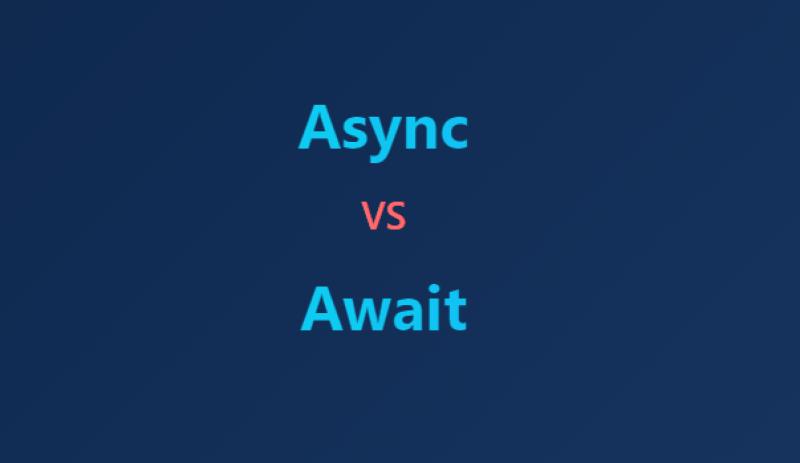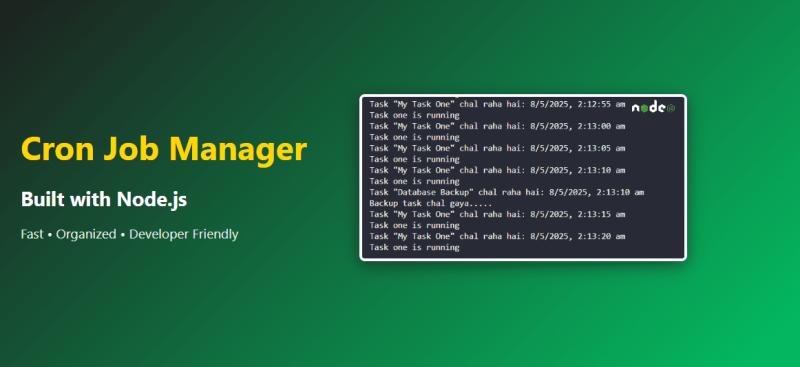Master async and await in Node.js with this easy guide. Includes real code examples, pros/cons and practical use cases to make your async code clean and readable.
🔹 Introduction
Handling asynchronous operations in Node.js is a must. Whether it's database access, file I/O or an API call - Node.js uses non-blocking async code.
In this blog, we'll cover:
• What is async and await?
• Why do we use them?
• Real-life examples
• Common mistakes
• Clean-up tips
🔹 What are async and await in Node.js?
async is like saying, This function might take time, like baking a cake, so let's allow it to do its thing without holding up everything else.
await tells the code to hold off and wait until it gets an answer from a promise.
🔹Real Example Without Async/Await
😖 Problem?
Chaining too many .then() statements makes the code ugly and hard to manage.
🔹 Async/Await Version (Clean & Modern)
🔹 Use Case: API Call with Fetch
🔹 Common Mistakes
❌ Forgetting await → your variable is a Promise, not the data.
❌ Not using try/catch → unhandled promise rejection.
❌ Mixing then() inside async → defeats the purpose!
🔹 When to Use Async/Await
✅ When you want readable, step-by-step async code
✅ Handling API calls, database queries or file I/O
✅ Replacing long promise chains
🔹 Cleanup Tips
Here's a good pattern using finally():
Also, in real-world apps, always handle unexpected behavior using:
• process.on('unhandledRejection')
• process.on('uncaughtException')
Using async/await in Node.js makes your asynchronous code cleaner, readable and less error-prone. Ditch the messy .then() chains and make your logic easy to follow.





